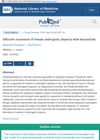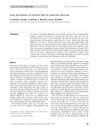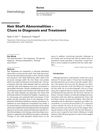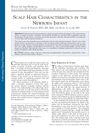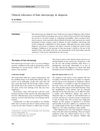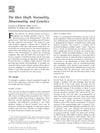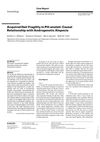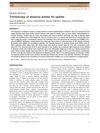Trichoscopy in Genetic Hair Shaft Abnormalities
July 2008
in “
Journal of Dermatological Case Reports
”
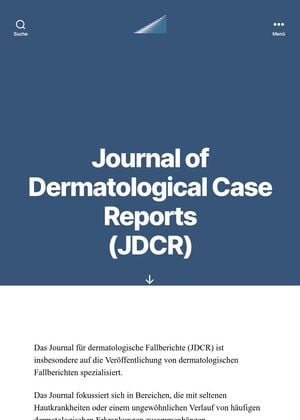
TLDR Trichoscopy is a quick and easy way to diagnose most genetic hair problems without invasive methods.
In 2008, a study involving 13 patients with known hair shaft disorders explored the use of trichoscopy, a non-invasive hair and scalp examination method, for diagnosing genetic hair shaft abnormalities. The study found that trichoscopy could effectively identify characteristic features of several conditions, including Netherton syndrome, monilethrix, woolly hair syndrome, pili torti, and pili annulati, without the need for invasive procedures. However, it was insufficient for diagnosing trichothiodystrophy, a condition characterized by brittle hair. The study concluded that trichoscopy could be a quick, easy, and patient-friendly method for diagnosing most hair shaft abnormalities.
